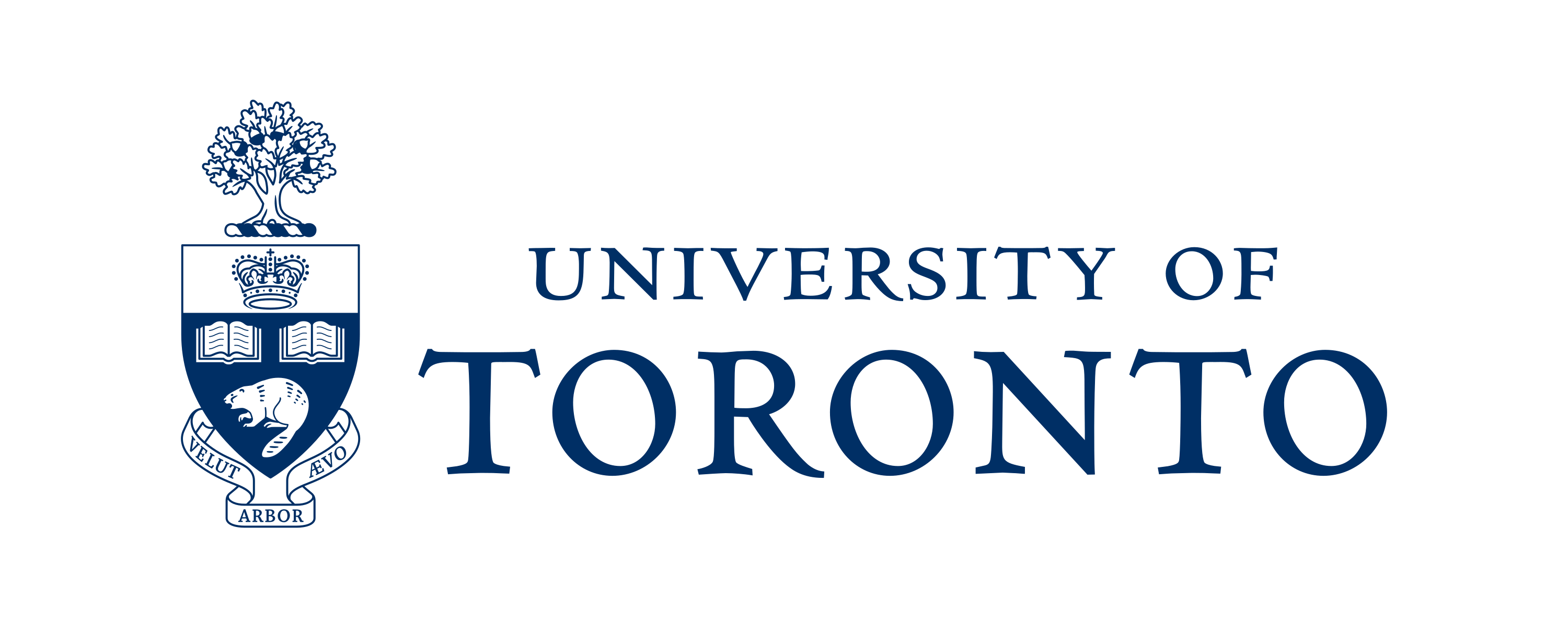Authors

André Côté

Tiffany Kwok
Partners


January 2024

1
Ministry of Colleges and Universities. Ensuring Financial Sustainability for Ontario’s Postsecondary Sector. Ontario: Ministry of Colleges and Universities, 2023. https://files.ontario.ca/mcu-ensuring-financial-sustainability-for-ontariospostsecondary-sector-en-2023-11-14.pdf.
2
The Panel noted that Ontario’s nine Indigenous Institutes, with unique governance and funding arrangements, were not included within their Terms of Reference, but did devote some attention to them as well.
3
Usher, Alex. The State of Postsecondary Education in Canada. Toronto: Higher Education Strategy Associates, 2022. https://higheredstrategy.com/wp-content/uploads/2022/09/SPEC_2022-1.pdf.
4
Usher, Alex, and Tiffany MacLennan. “Ontario in a Nutshell.” Higher Education Strategy Associates. May 30, 2022. https://higheredstrategy.com/ontario-in-a-nutshell/.
5
Doyle, William R., and Benjamin Skinner. “Does Postsecondary Education Result in Civic Benefits?.” The Journal of Higher Education 88, no. 122 (2017): 1-31. doi:10.1080/00221546.2017.1291258.